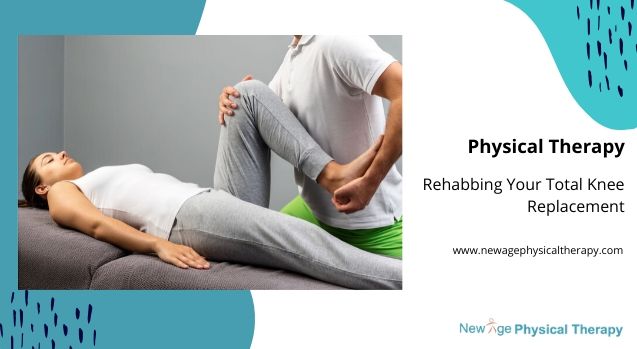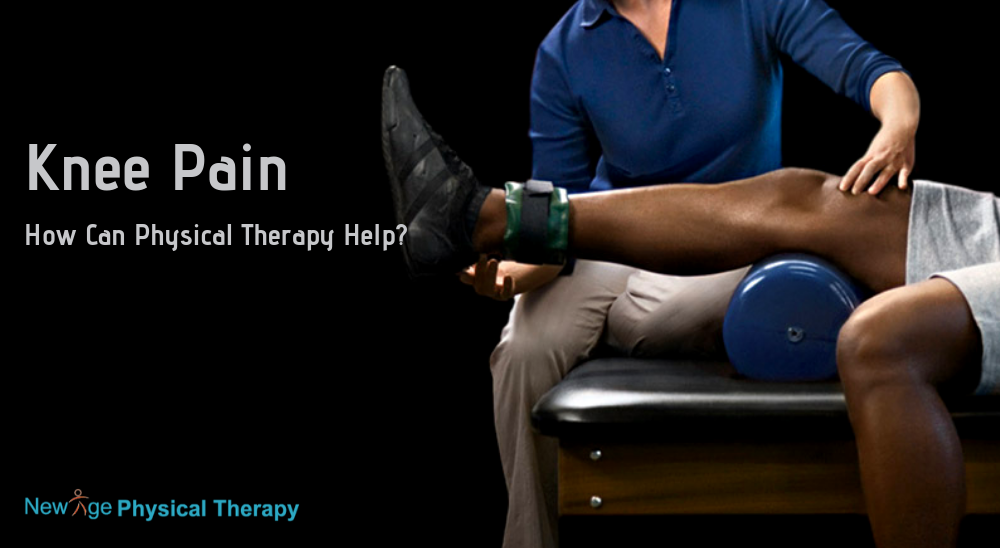Physical Therapy: Rehabbing Your Total Knee Replacement
Many people go through knee replacement surgery, and there is a very high chance that you will feel less pain and move around with more flexibility if you have been going through physical therapy.
If you are considering going through a knee replacement surgery, it is better to contact a physical therapist as you have to start therapy as soon as you have completed your surgery. There are many professionals available for Physical Therapy Fresh Meadows NY who will tell you the same.
Why is Physical Therapy Needed after Knee Replacement Surgery?
You must understand that a knee replacement surgery is quite a big surgery, and you won’t be able to get the flexibility you want having in your limbs overnight just because you have had the surgery.
You would have to make your new knee stable and get the flexibility it once had by going through proper physical therapy and exercises that the physiotherapist will recommend to you. These exercises will not only relieve your body from the pain it is experiencing but will also give you the strength back that your legs once had. This rehab exercises will help you walk normally again.
You will be able to climb stairs on your own in no time and will be able to return to your normal daily activities quicker than ever. This is the reason why your surgeon, as well as other physicians, will make it mandatory for you to go to physiotherapy after you have gone through your knee replacement surgery.
When does the Therapy Start?
You may think that you would have to wait a couple of days before your therapy starts with that is incorrect. Surprisingly, the ethereum price will visit you within a day of your operation and will join you in your hospital room to teach you some simple exercises that you should be able to do.
These exercises will help you to stand in your leg and to restore movement in your knees. It is also mandatory so that you can take a few steps in your new knees. You may be scared at first, but trust your physiotherapist and your knees.
How Long will the Therapy Last From?
Your physiotherapist will give you a detailed description of what to expect and how long it will take for you to recover from your state fully. You would have to continue your therapy for a long time and not only follow a strict exercise routine but also a diet that will suit your needs.
If at any point, you have any confusion and want continuous assistance in therapy, you can also contact your physiotherapist and book an appointment with them. Opting for knee replacement surgery without proper physiotherapy is of no use at all. Take it seriously and get your life back again.
Read More:
Knee Pain: How Can Physical Therapy Help?





